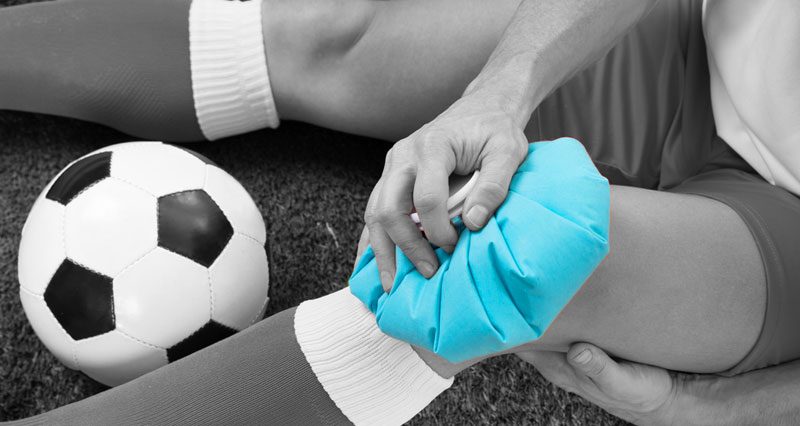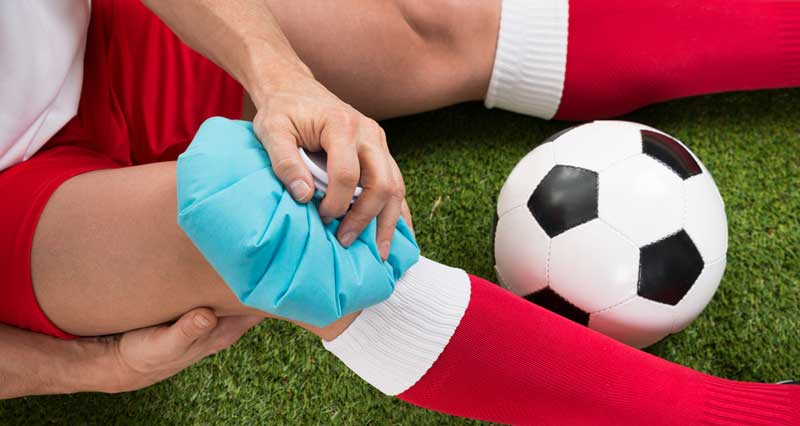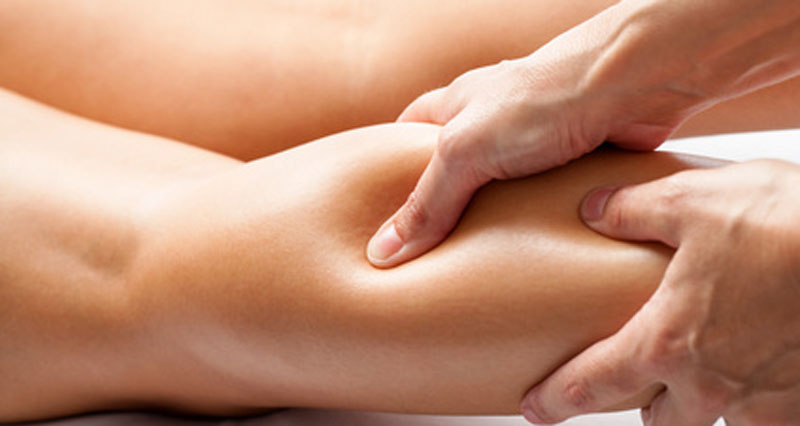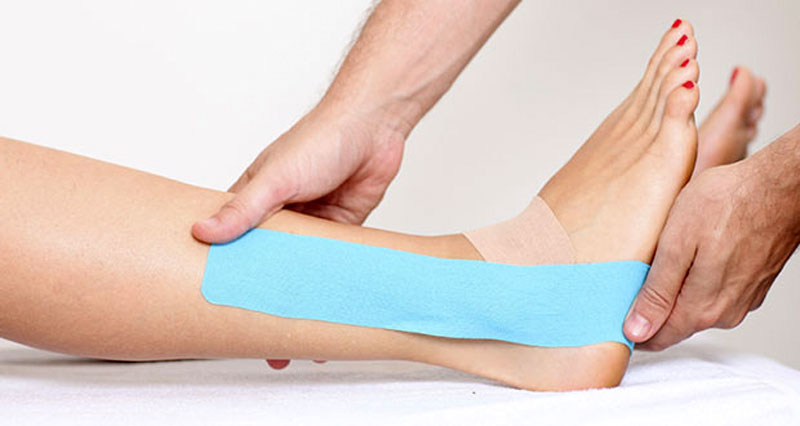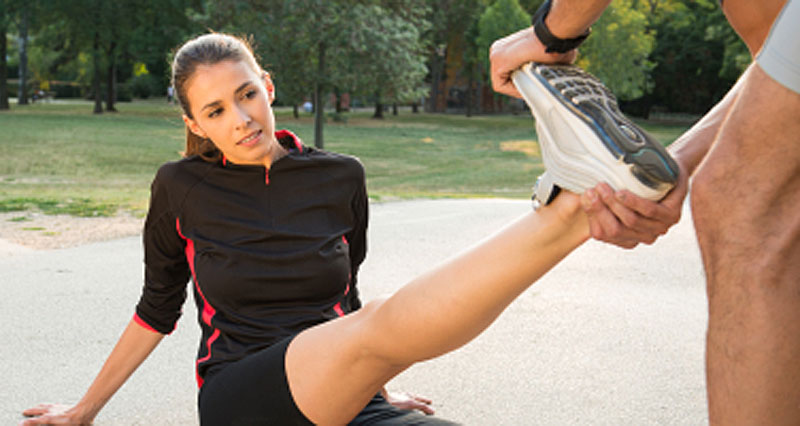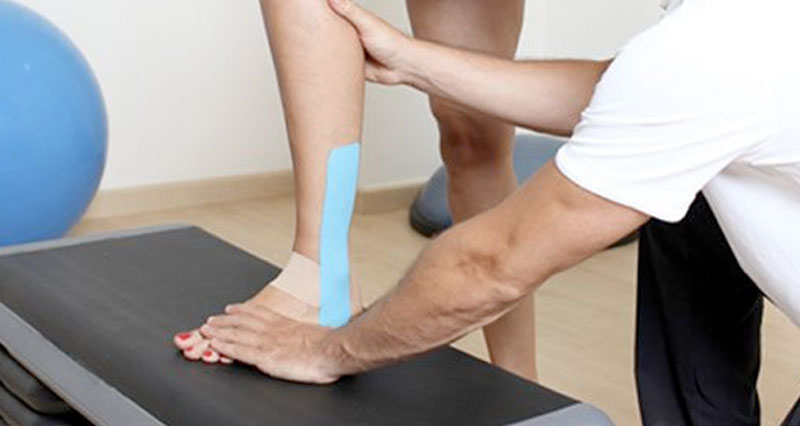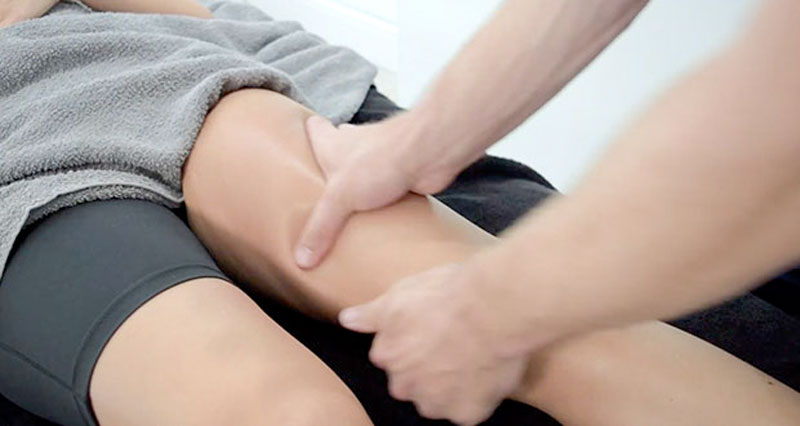Cryokinetics is a rehabilitation technique involving ice application followed by progressive active exercises.
What are Cryokinetic exercises?
Cryokinetics involves applying cold therapy to a part of the body and then performing active exercises.
Apply cold therapy before rehabilitation exercises. This allows you to do pain-free exercises sooner than you might otherwise be able to.
The anaesthesia or numbness arising from ice application does not remove pain-sensing mechanisms, it only removes the current pain from tissue damage. Therefore, if active exercises are too vigorous pain will still occur.
How long should I apply cold for?
Apply cold therapy for a maximum of twenty minutes to produce a numbing effect. Repeat for five minutes to re-numb the area if necessary.
Exercises performed during cryokinetics should be active exercises. This means the patient performs them independently of any help from a therapist. For example, when recovering from a sprained ankle, you might do ankle mobility exercises.
Active exercises would involve you moving your ankle up and down yourself. As opposed to a passive exercise where your therapist would move the ankle themselves without any input from the patient.
Increase Cryokinetic exercises gradually so long as they are pain-free. The key to the success of cryokinetics appears to be progressing as quickly as possible from one exercise to the other. Unlike conventional rehabilitation programs where a certain number of reps must be completed, if the athlete can perform the exercise, smoothly, and pain-free then they can progress.
The benefits of cryokinetics include:
- Exercise increases blood flow to the injured area, vital in healing, once the initial acute phase has passed and any bleeding has stopped.
- Cryokinetic exercise re-establishes neuromuscular function and is possibly much earlier than normal and as such atrophy or wasting of the muscles has not had time to set in.
- Swelling is reduced dramatically through the combination of cooling and exercise.
External links
